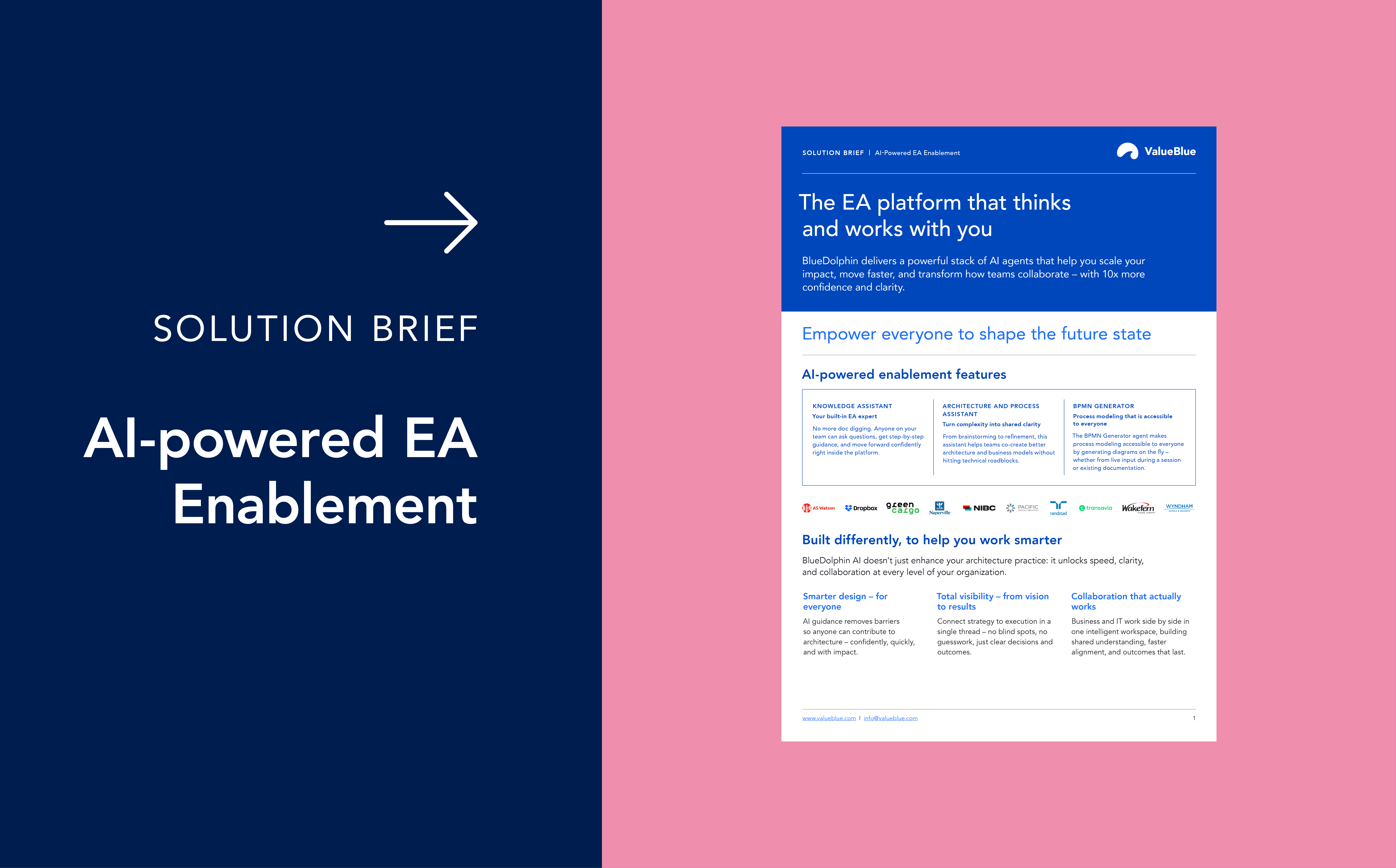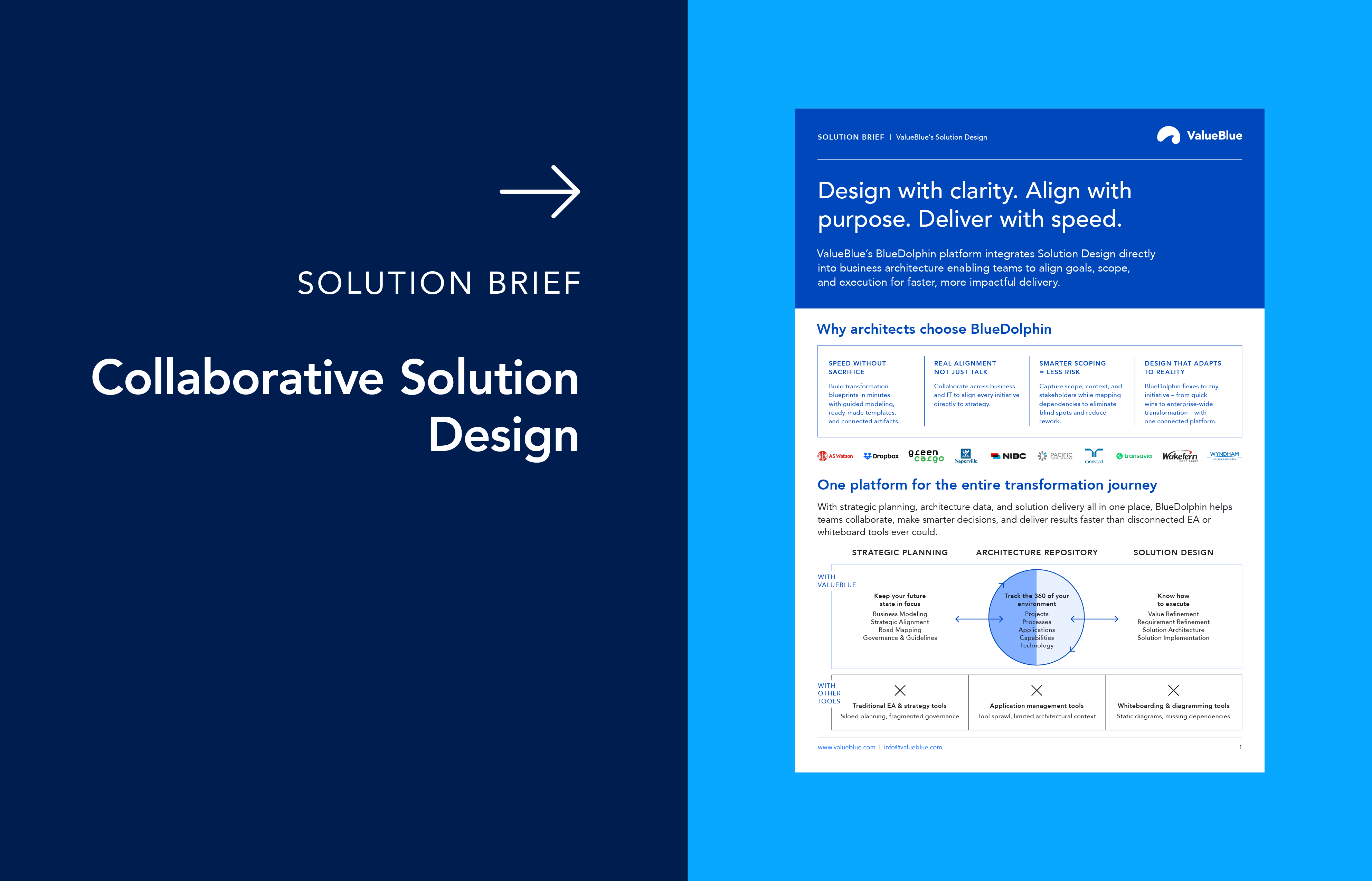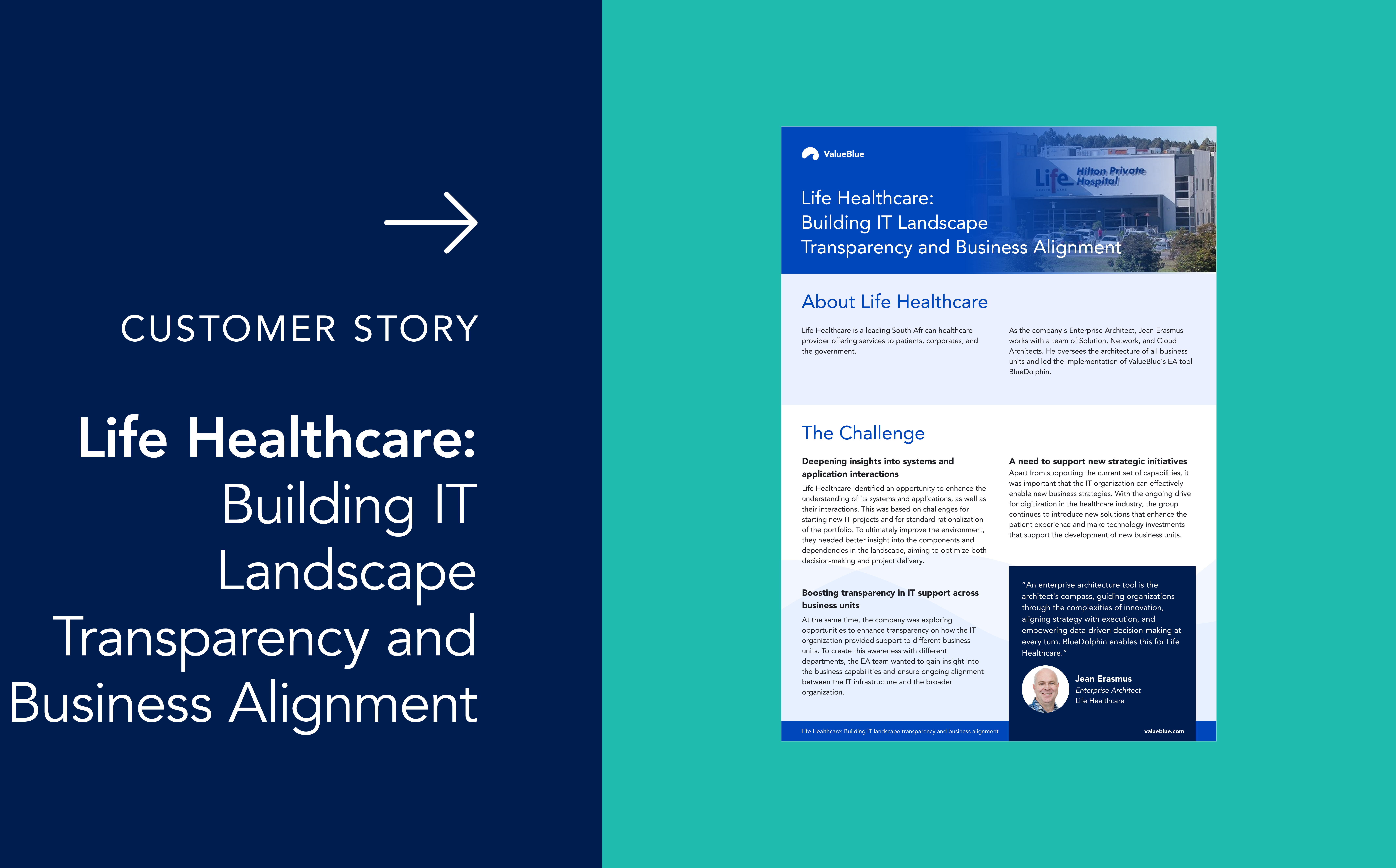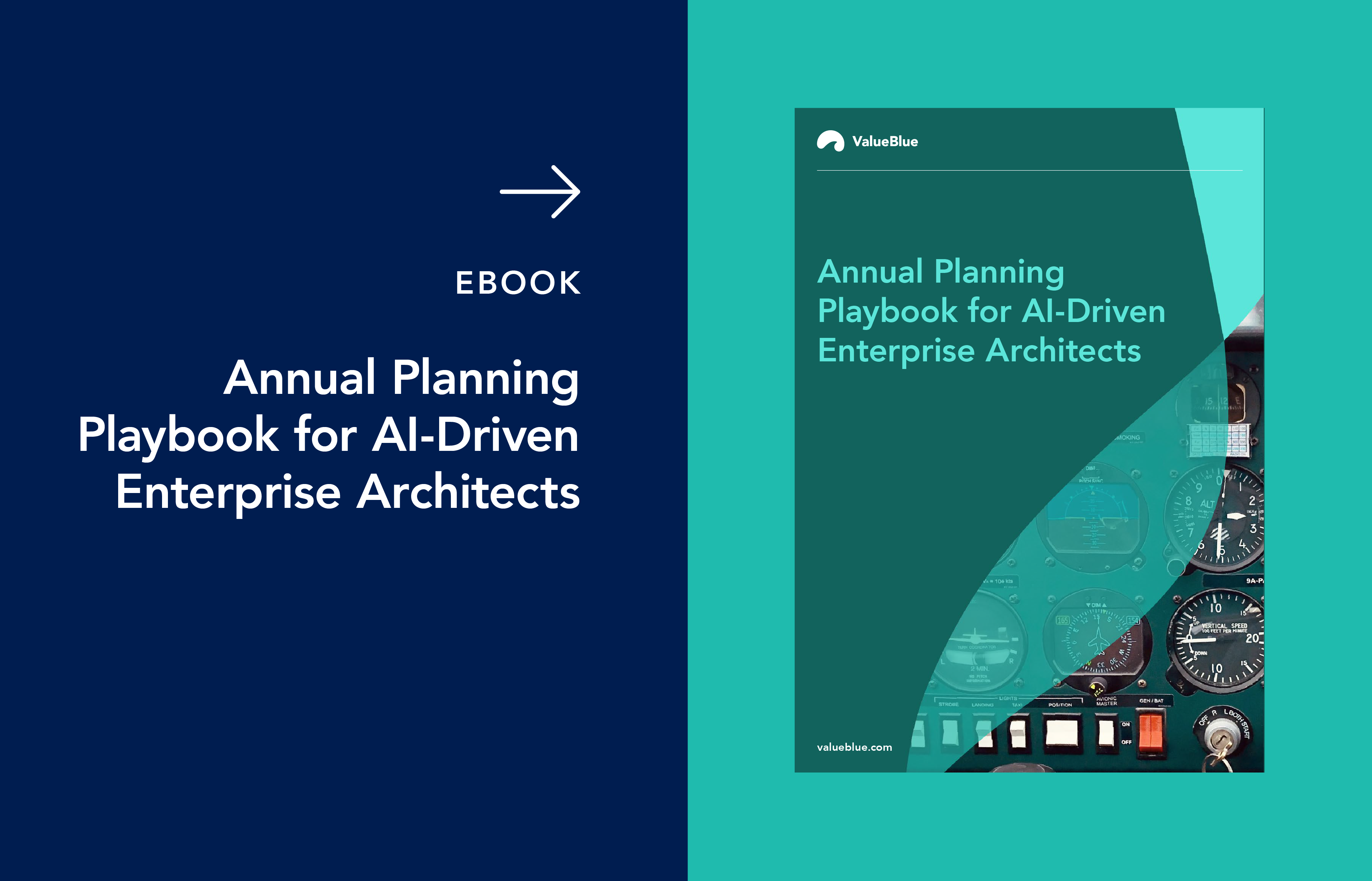Green Cargo

Who is Green Cargo?
Green Cargo is a Swedish state-owned rail logistics company. Their freight trains transport both raw materials and processed products to industries in 300 locations in Scandinavia, as well as the rest of Europe. This amounts to approximately 146,000 freight trains every year.
The organization has 1,900 employees in total. Their IT team consists of approximately 100 people, 18 of which are in the Enterprise Architecture team. This includes EA consultants, solution architects, information architects, as well as the head of architecture. They collaborate with the senior executives to ensure projects are planned strategically and contribute to the business strategy.

The Challenge
Prioritizing projects based on strategic impact
Green Cargo wanted to increase the business value created by transformation projects and optimize resource allocation by aligning projects with the business strategy. However, they lacked the proper insights to both assess the impact of their current projects and identify new transformation opportunities.
Speeding up project delivery and increasing success
At the same time, they wanted to be able to deliver projects within a certain timeframe and budget,which required insights from their architecture — such as processes, applications, data, and roles — but this information was scattered and maintained manually.
Why BlueDolphin by ValueBlue?
BlueDolphin is a user-friendly tool, which means the EA team could easily create objects and visualizations and use them to communicate with stakeholders at all levels.
Secondly, it serves as a central and shared repository that combines information from all levels, from strategic goals and business capabilities to individual process descriptions. This has helped the team collect all relevant information and share it with various stakeholders.
The Approach
1. Modeling how the business works
To identify the right opportunities for change, the team began modeling how the business operates, by mapping the business capabilities and architecture. They created a capability map in BlueDolphin and divided it into 3 levels — capturing all their business functions. Each level then had its own capability map, with the related sub-capabilities.
For example, as a logistics company, one of their main capabilities is ‘Service and network development’. This capability is supported by ‘Production planning’, which in turn relies on ‘Locomotive planning’.
The capability at the lowest level would then need to contain several dimensions — a description, process overview, applications, input and output, as well as a current and future state. To start off the project, the team began by detailing several key capabilities.
What really helped was that they could use the views in BlueDolphin to communicate with relevant stakeholders and gather insights. For instance, they checked whether all processes were included, how effective they were, how well the applications supported them, and where they needed to make changes.
2. Assessing projects based on capability maturity and impact
Once the relevant capabilities were mapped out, they began connecting them to projects. There were two ways in which they did this. Firstly, they connected capabilities to existing projects, to evaluate how the projects could impact the capabilities. Secondly, they determined the maturity of each capability and created projects that would improve them. They could then create a transformation roadmap by prioritizing the projects with the highest impact.
Using their own framework, they started by evaluating the maturity of the capabilities, both for their current and future state. They then calculated the gaps between the two. With input from the senior executive team, they also estimated the strategic value of the capabilities based on the business goals they serve, such as revenue optimization.
3. Prioritizing projects based on strategic value
Ultimately, by weighing the gap against the strategic value, they were able to create an initial roadmap for the projects. For example, if the gap between current and future state was high, and so was the strategic value of the capability, a transformation project was at the top of the priority list.
“What has really been the accelerant for success is that we can use BlueDolphin with the right framework to assess the strategic impact of our capabilities.”
Christian Eriksson
Head of IT Architecture, Green Cargo
To make a strategic assessment of Green Cargo’s entire project portfolio, the architecture team plans to continue implementing the framework across all capabilities.
The Results
By using this framework, Green Cargo can rely on data-driven insights to create and assess transformation projects that have the highest strategic impact. This allows the company to optimize its resources and achieve its strategic goals — both in the short and
long term.
By having complete visibility of their architecture, such as processes, applications, data, and roles, they can also optimize costs and time spent both on impact analyses and the execution of projects.
The team was able to achieve this by collaborating with stakeholders at all levels — from senior management to operations — which has significantly increased the quality of communication across teams. They were able to discuss the architecture with different business units, collect information and views they didn't have before, and work together to identify areas for improvement.



